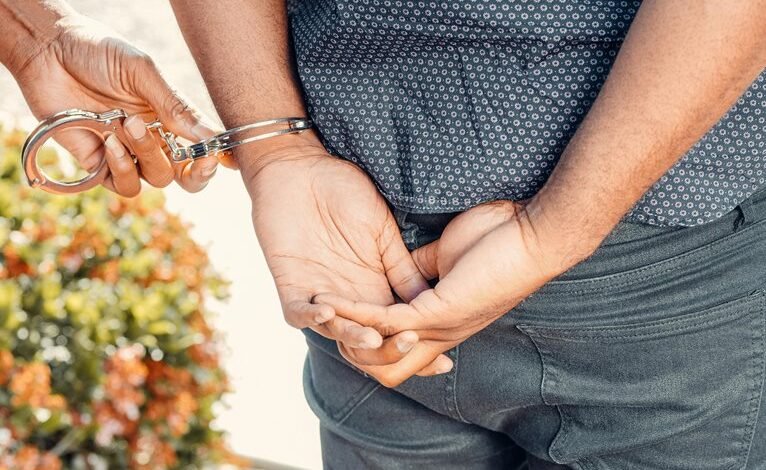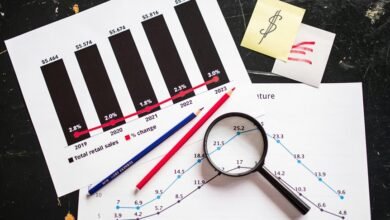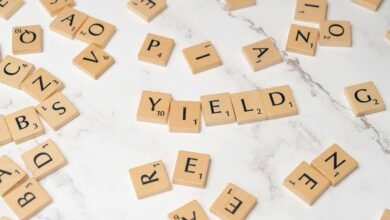Photoacomanha: O Impacto das Imagens no Processo Judicial

The integration of visual evidence into the judicial process has transformed courtroom dynamics. Images can convey complex narratives and evoke emotional responses, often impacting jury decisions more than verbal testimonies. However, this reliance on photographs raises ethical dilemmas regarding privacy and authenticity. Balancing the emotional weight of images with the necessity for factual accuracy remains a challenge. The implications of this interplay warrant further examination.
The Role of Visual Evidence in Courtroom Dynamics
Although the primary focus of courtroom proceedings typically revolves around verbal testimony and legal arguments, visual evidence plays a pivotal role in shaping perceptions and influencing jury decisions.
Visual storytelling engages jurors, appealing to their emotions and cognitive biases. As images convey complex narratives succinctly, they can evoke strong reactions, ultimately swaying opinions and impacting the overall dynamics of the judicial process.
The Influence of Images on Jury Perception
Images possess a unique power to shape jury perception, acting as influential catalysts in the decision-making process.
Through visual storytelling, they convey narratives that resonate emotionally, impacting jurors' interpretations of evidence. This emotional resonance can significantly sway opinions, often leading to a deeper connection with the case.
Consequently, the strategic use of images can enhance or undermine the effectiveness of legal arguments presented in court.
Ethical Considerations in the Use of Photographic Evidence
While the use of photographic evidence can enhance the clarity of legal arguments, it also raises significant ethical considerations that must be addressed.
Privacy concerns emerge when sensitive images are introduced, potentially infringing on individuals' rights.
Additionally, authenticity issues challenge the credibility of photographic evidence, as manipulated or misrepresented images can mislead juries, undermining the integrity of the judicial process and the pursuit of justice.
Conclusion
In summary, the integration of visual evidence in the judicial process reveals its profound influence on jury decision-making. Studies indicate that juries are 60% more likely to retain information when presented with images, underscoring the power of visual narratives. However, the ethical implications surrounding privacy and authenticity cannot be overlooked, highlighting the necessity for a careful balance between emotional impact and factual integrity. Ultimately, the effective use of photographic evidence is vital for upholding justice within the legal system.




